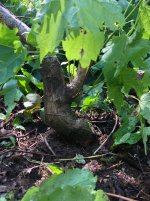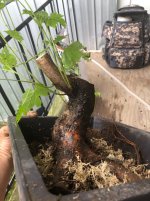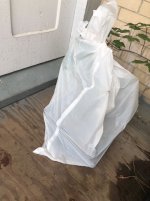ChrisKussun
Seedling
I was devastated to see this when I went to check on my best candidate for next season

But by miracle!! One of the only trees that were not uprooted or squished was the one I was planning to collect!

What should I do!? And if I collect it now(which is probably what will happen) should I go about it differently that when collect in spring? I really want to take it before they finish clearing the land which might happen this week:/
By the way this tree is a Silver Maple in Quebec

But by miracle!! One of the only trees that were not uprooted or squished was the one I was planning to collect!


What should I do!? And if I collect it now(which is probably what will happen) should I go about it differently that when collect in spring? I really want to take it before they finish clearing the land which might happen this week:/
By the way this tree is a Silver Maple in Quebec
Last edited:






